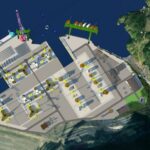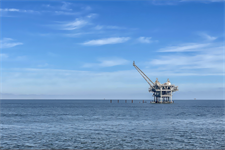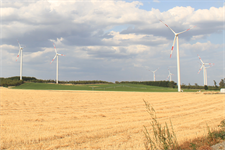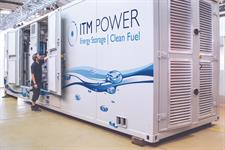Norway aims to allocate areas for 30GW offshore wind capacity by 2040
Energy Disrupter
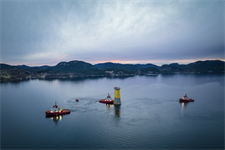
Norway aims to have allocated sites capable of supporting 30GW of offshore wind by 2040 – so much capacity it will have to export green electrons to neighbouring countries.
Prime Minister Jonas Gahr Støre touted Norway’s “favourable sea areas [and] workers with world-leading technology expertise” as he announced the country’s first offshore wind target. The government has not confirmed whether this target has been formally adopted or whether it will need to pass further legislation.
The country’s wind power industry welcomed the announcement, but also called for Norway to set a capacity target for 2030 as well.
Norway currently has just two operational offshore wind pilot projects, totalling 5.9MW, according to Windpower Intelligence, the research and data division of Windpower Monthly.
However, it has identified two sites that could support 4.5GW of capacity, and plans to award rights to build projects there – though it has not yet specified when it will do this. Norwegian energy giant Equinor is also building a floating offshore wind farm that will power offshore oil and gas platforms.
Norway eventually plans to allocate 1% of its national waters to offshore wind – about five-six times the size of the already-identified 2,591km2 Sørlige Nordsjø II zone.
It also aims to award the next licences for new offshore wind areas in 2025, and plans to consider how it can streamline the licensing process.
Exporter ambition
The Norwegian power grid will not be able to handle the large amount of power produced by 30GW of offshore wind capacity, so the country plans to export to other countries, the government explained.
It will therefore consider projects with cables connected to Europe as well as to Norway for future tenders.
It also claimed that offshore wind production can help cover power needs of the oil and gas sector. It will therefore consider how the fossil fuel sector can contribute to offshore wind development that enables electrification of oil and gas platforms on Norway’s continental shelf.
“All in all, today’s news from the government is good, but we also need a target for 2030 and clear signals of regular allocations until 2040,” said Åslaug Haga, CEO of the Norwegian Wind Energy Association (Norwea). “The new allocations of licences in 2025 should be large.”
Meanwhile, Arvid Nesse, manager of the Norwegian Offshore Wind industry body, welcomed the government providing a “clear timeline for offshore wind”.
“We get the predictability that the industry needs to get started and make investments,” he said.








